How to Lay Out Your Paver Driveway
Contents
– Paving stone driveway: layout and design
– Paver driveway material: natural stone, reconstituted stone, concrete
– Paver driveway construction: depending on use
– Paver driveway: regular maintenance to prevent moss
Whether for driving or walking, a paver driveway is a combination of aesthetics and practicality.
Paving stone walkways allow for all kinds of visual fantasies and guide your visitors’ steps in the best possible conditions.
Depending on the location, there are different types of outdoor pavers available:
– the paver driveway;
– the paved courtyard;
– the paving stone terrace;
– the paving stone of the swimming pool;
– street paving.
Paver driveway: layout and design
In this installation, the house’s many locations are connected by a paved road running from the street to the garage and from the garden to the terrace. It should always be easy to access and comfortable to walk on.
The layout of the paver driveway: plan and execution
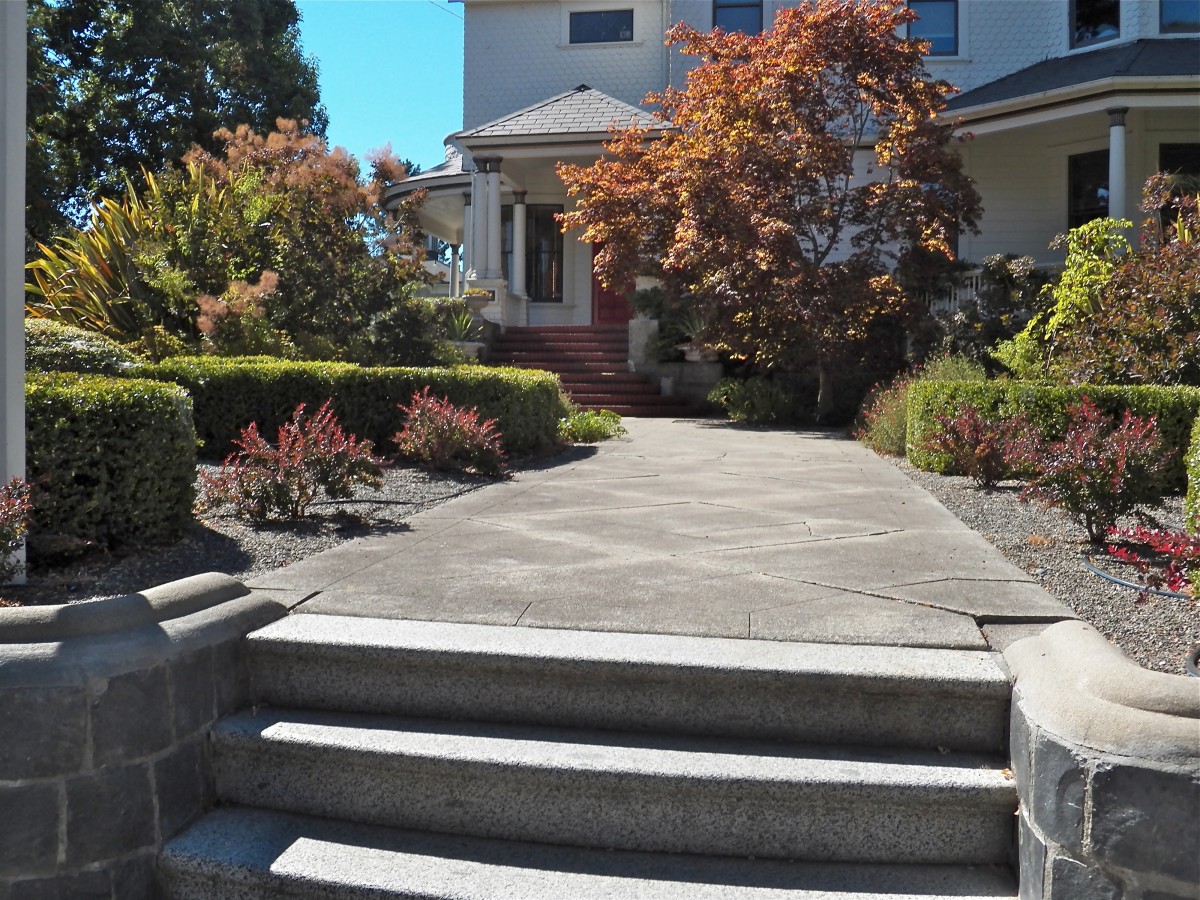
Make a plan of your property, including your house and draw the path you want for your driveways.
The characteristics to be taken into account according to the type of paver driveway:
Paver Driveway: The Layout
|
TYPE OF PAVER DRIVEWAY |
CHARACTERISTICS |
|---|---|
|
Driveable |
The driveway should be approximately 3 m wide and as straight as possible. |
|
PEDESTRIAN |
Provide: – Approximately 1 m for clear passages; – 1.50 m for passages at the edge of the house or if you have flower beds, trees, etc.; – 60 to 80 cm inside a vegetable garden or to circulate in the garden: the paved paths can then be more sinuous. |
Good to know: as much as possible, plan a little larger, you do not always walk alone and it is easier to handle a wheelchair, your plants grow.
Use of the paver driveway: for traffic, pedestrians or secondary use
Indicate on your plan the possible uses of your driveways:
– drivable,
– pedestrian,
– secondary.
Laying out the paver driveway
Once you have drawn up a detailed plan of the driveway, you can lay it out.
In place of the future pathways, a line of white clay or equivalent is laid on the planned pathway to visualize the layout.
Material of the paved path: natural stone, reconstituted stone, concrete
The choice of material depends mainly on individual taste (appearance), but also on use, maintenance and, of course, the budget:
Different Types of Paving Stones Depending on the Use
|
TYPE OF PAVEMENT |
RESISTANCE |
USE |
ASPECT |
|---|---|---|---|
|
Natural stone |
Walkable or pedestrian. |
Terrace |
Warm and authentic, pleasant to the touch. |
|
Concrete |
Driveable or walkable. |
Terrace and border. |
Less warm, colder. |
|
Reconstituted stone |
Driveable or walkable. |
Terrace and border. |
Fairly warm, but less pleasant to the touch than natural stone. |
|
Glass paving stone |
Decorative. |
To get from the door to the terrace. |
Modern. |
|
Luminous paving stone |
Decorative. |
To guide your steps and highlight an area of your garden. |
Modern, warm. |
|
Wooden paving stone |
Decorative. |
To highlight a bed, lead to the garden shed… |
Authentic, warm and pleasant to the touch. |
|
Terracotta paving stone |
Decorative. |
To emphasize a path, to make a border, an original layout… |
Authentic, warm and pleasant to the touch. |
|
Grass paving stone |
Decorative. |
To insert a few touches of greenery in a concrete driveway… |
Vegetal. |
Laying a paver driveway:
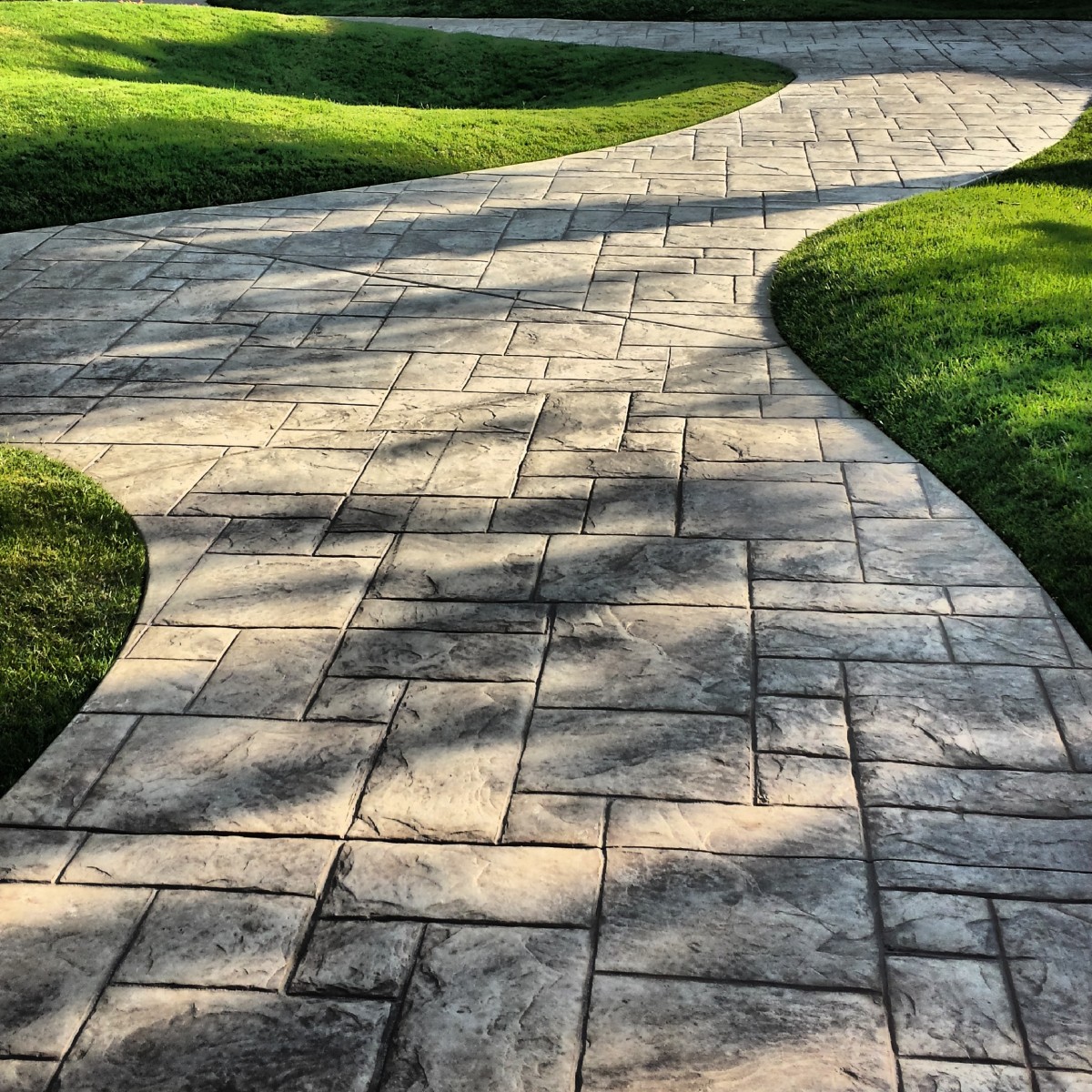
There are 3 possible techniques for laying paving stones outdoors:
– on a sand bed;
– sealed on a screed;
– glued.
The type of installation to adopt depends on the paving stone and its use:
Paving Stone Installation According to Use
|
USE |
TYPE OF LAYING |
TYPE OF PAVEMENT |
|---|---|---|
|
Driveable |
On a sand bed or sealed. |
– From 6 cm thickness. – Natural stone, concrete. |
|
Pedestrian, border, terrace… |
Glued. |
– All thicknesses. – Natural stone, concrete and reconstituted stone. |
|
On a sand bed or sealed. |
– From 3.5 cm thick. – Natural stone, concrete and reconstituted stone. |
Paver driveway: regular maintenance to prevent moss
Your driveway should not be slippery: choose your pavers according to this parameter.
If you have recovered slippery pavers, there are commercial products that can remedy the problem, provided that you repeat the operation often.
It is essential to clean your paving stones regularly to limit:
– moss and lichen;
– weeds.
Using a high-pressure cleaner with a brush is an excellent compromise for the products, but it is of delicate use for the joints with sand.
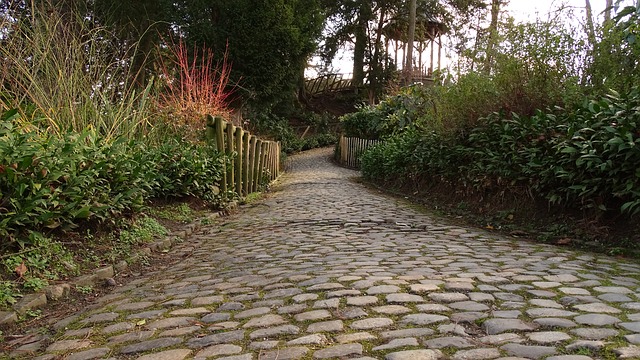
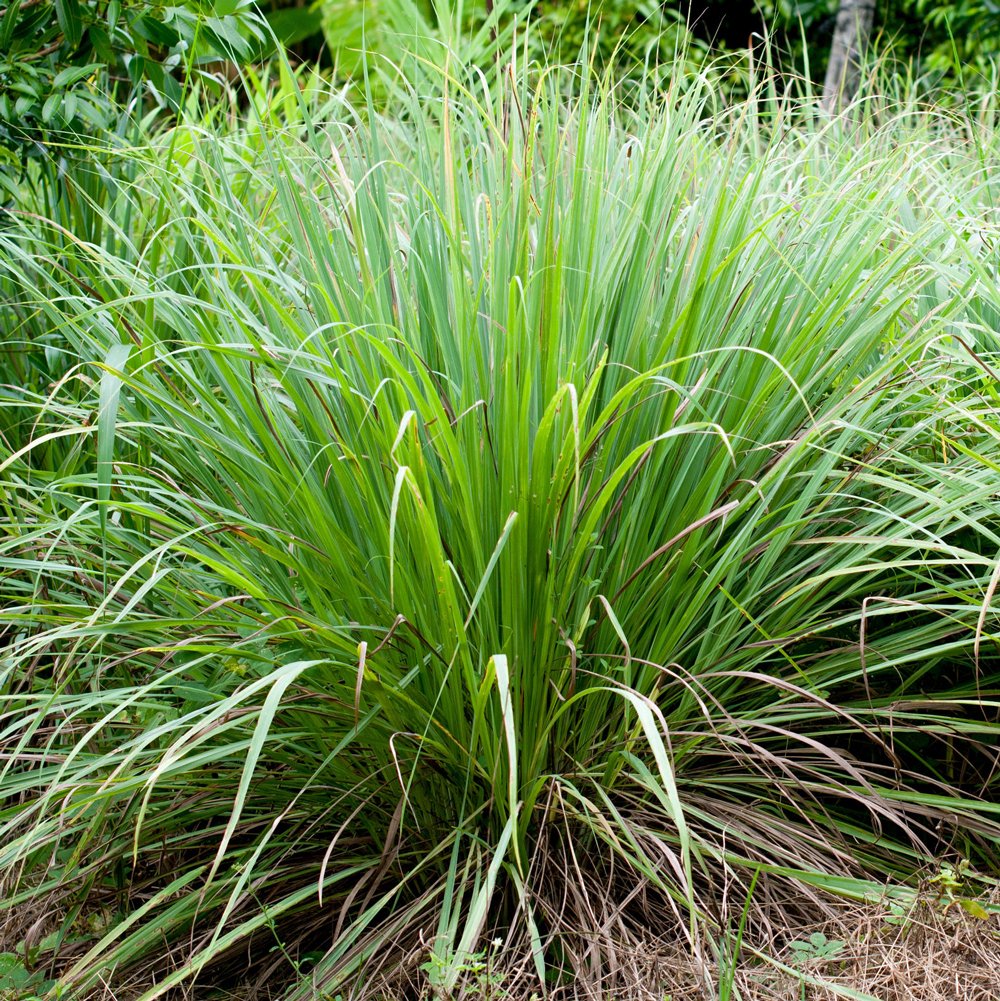

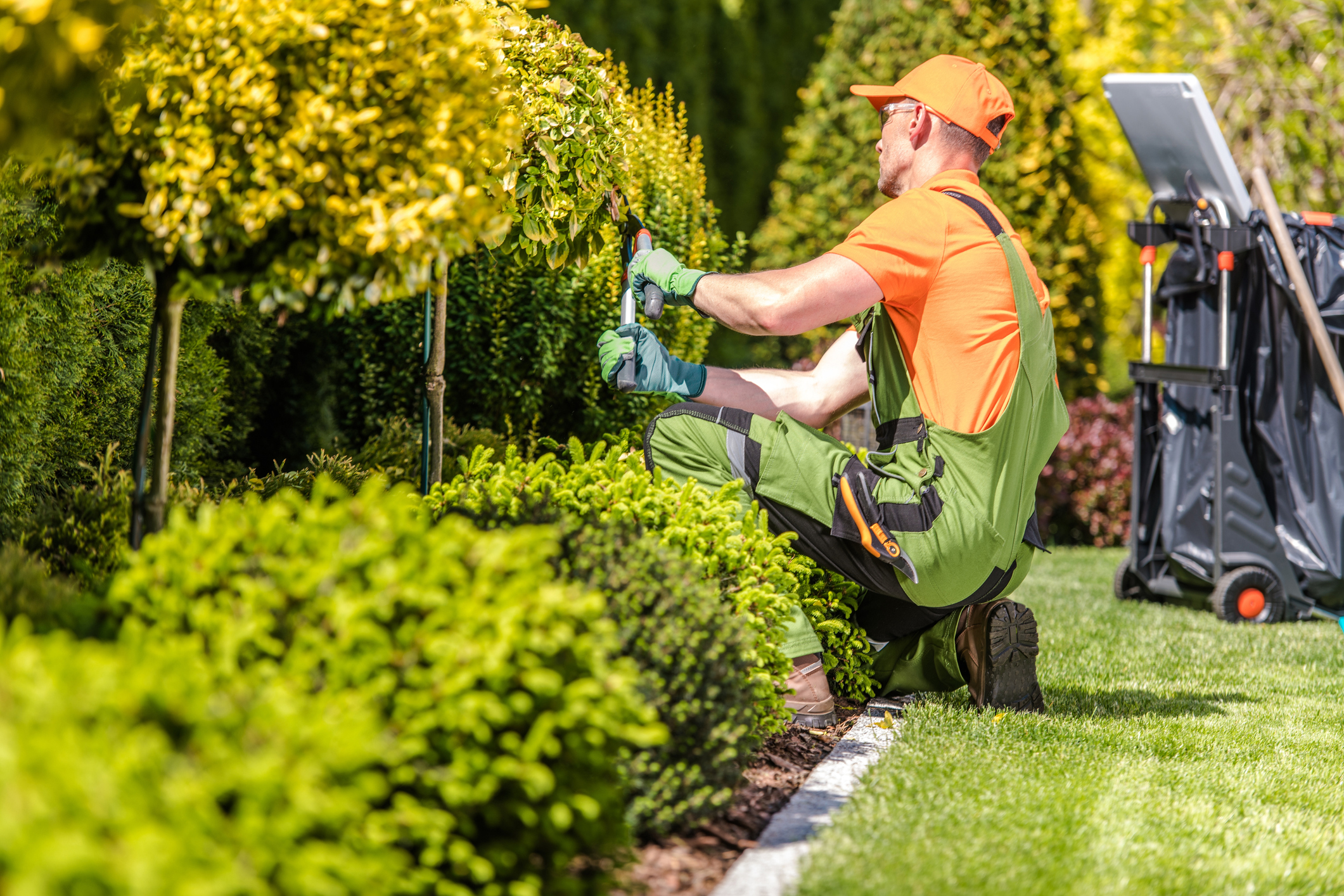
3 thoughts on “How to Lay Out Your Paver Driveway”